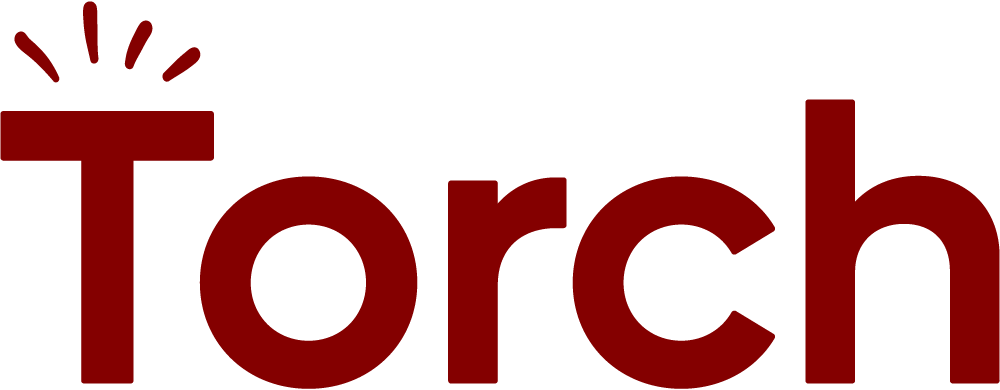
How one leader is rethinking the way people learn, and how to design more effective programs.
When Sarah Bacerra was a kid, she wanted to be a dolphin trainer when she grew up. She did end up in training of sorts, but for people, rather than for sea creatures. In her own words, she ended up becoming a bridge – between people and perspectives.
“I think it comes from being mixed race,” Bacerra, the founder of Trailblazing in Color, told me during the Association for Talent Development conference in May. Sarah’s father is Black and her mother is white.“My whole life I’ve been navigating different cultures, trying to see where I belong, not being sure, and not wanting other people to feel that way. For better or for worse, the role I’ve played is bringing people together.”
And now she plays that role in her work, as a founder, consultant and coach helping organizations create learning spaces for people to reach their full potential and connect across differences. Bacerra and I caught up about what makes her approach different, how she sees leadership development evolving, and how all leaders in this space can become more strategic.
A big part of your work is integrating the science of human behavior into traditional learning programs. How is this missing from status quo learning programs?
When we think about how humans learn, we need a lot of reinforcement. We need lessons to be integrated into the flow of work, to be exposed to opportunities to practice new skills in a safe environment. These are some of the core ways we learn best, and yet so many of our training programs are designed to be a four-hour workshop, a one-day session. We’re not asking – how do we build the container for learning to happen more intentionally? What’s in it for learners to get excited and motivated to learn? Are we asking them to connect the learning to their future identity, and who they want to become? How are we reinforcing the learning, and introducing the opportunity to be social, collaborative, and to create communities of practice? We need to move from one-off training events to creating learning ecosystems.
What role do relationships play in learning?
We all need encouragement, especially when learning something new, or trying something new. We need to know that there’s someone behind us, cheerleading us. It can be so helpful to recognize and appreciate one another in this process. The social support piece – that space to say, I haven’t got this figured out, have you? – and knowing you have resources in the form of people, not just FAQs or links, is so important. In our digital age, we can forget that we just need open space to connect, share, and collaborate.
I always recommend and push for coaching as a component of any learning program, especially for leadership development programs. We all have challenges that are very unique and nuanced to our own experience, our own lens and story of the world. Coaching can help bring the learning (and, in some cases, unlearning) into relevance. Coaching helps solidify the concepts, the learning, the behavior change, becoming more personalized to where you’re at now, where you want to go, and how you’ll get there. By making it personal and holding you accountable, coaching helps learners get further, faster.
How do you see leadership development evolving?
I’m seeing a lot more long-term strategic planning around these initiatives. Organizations are looking at two, three and five year plans for leadership development strategies, versus just creating a program for one year and throwing in a different one next year. There’s an understanding in some organizations now that these kinds of changes take time, and cultural transformation isn’t a quick fix. The finance and operations side of a business has been doing this forever – sticking with the same model or strategy for several years. Now, the leadership development leaders are applying that same kind of strategic vision, and it’s becoming more integrated than it has been in the past.
Why do you think this shift is happening?
Two years ago, companies realized, ‘oh we’ve got a racism problem. We’ve got an inclusion problem. We have a lot of problems and we haven’t been paying attention. Now we’re going to pay attention and throw all of this stuff at you.’ Two years later, they realized nothing major has shifted and maybe we’ve made things worse by being reactive, versus thinking strategically and long-term. This is a big theme I’ve been hearing and seeing – people coming to me and saying, ‘we tried this other stuff, it didn’t work.’ Yeah, it didn’t work because you offered five sessions and you didn’t talk about it again.
How can leadership development and other learning program leaders become more strategic?
First, get champions at the top to support the initiative, especially at the C-Suite level. These executive champions can provide strategic guidance and use their influence to advocate at tables that others do not necessarily have access to. Second, align your program to the other strategic goals of the business, making those direct connections. Think about how you can create a holistic strategy that doesn’t frame leadership development as a vertical, but situates it as a horizontal across everything the company is working towards.
————
This article was featured in Torch’s newsletter, Curiouser. Each month, we deliver the latest research, stories, questions, and insights about the art and science of coaching to your inbox. Sign-up and join a community of people who are passionate about growth, learning, and leadership.

